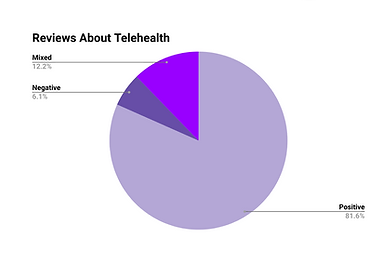
Learn: What is AI? (And What Could it Be?)
When it comes to a subject as sprawling as AI, knowing where to start can be daunting. But fear not! One of the goals of What The Tech? is to lay out the basics in a simple and understandable manner, so we have you covered!
Below you will find our introductory videos and activities plus use cases proposed by What the Tech? students. Once you've mastered the basics, feel free to look through our other educational materials here!
Videos and Activities
These videos and activities are designed to help familiarize you with the technology that is impacting and shaping our lives everyday.
Use Cases
AI uses are everywhere, and sometimes hiding in plain site. These everyday examples will teach you to spot them! Our youth participants made it clear that there can be applications for AI for every community–whether we define “community” by geography, industry, shared hobbies, or otherwise.
Each application, however, comes with tradeoffs that must be deliberated to determine the final design of AI innovations. Read their examples below.
Cuisine and Culture in Chinatown

Vision:
Two BPS juniors with family in Chinatown proposed that restaurants operating primarily in Chinese could use AI-supported translations to access English-speaking customers. They have started raising money in the community to support this mission!
Trade-offs:
-
There is usually a hesitancy to trust unfamiliar technologies. This can be especially true with AI
-
There is a fear that restaurants that provide the comfort foods that are the strongest tie some residents still hold to their homeland to adjust they left behind could adjust their culinary practices to cater to a new clientele.
-
These concerns can be addressed through partnerships with trusted local community organizations.
Creative Arts in Boston


Vision:
Two groups of BPS students examined applications of AI to visual arts and music. In the visual arts, there was enthusiasm for AI as a partner in brainstorming initial ideas. For music, AI was seen as lowering technical barriers to production by facilitation mixing and mastering of recordings.
Trade-offs:
-
These tools depend on existing artistic products (i.e., “training data”) that are not being credited, raising concerns of indirect plagiarism.
-
Algorithms trained on previous work can accidentally constrain creativity to expected patterns.
-
AI tools facilitating technical processes could eliminate jobs (e.g., professionals who mix and master recordings).
-
Interviews conducted by members of the undergraduate WTT? course with peers also “highlighted issues relating to plagiarism and the displacement of human creativity.”
Software, Data Analytics, & STEM

Vision:
Through interviews with peers, students in the undergraduate WTT? course found that “the most positive feedback for AI was brought up when discussing future industry usages.” Another group that examined the implications of AI for STEM fields identifies its potential to transform software, data analysis, bioengineering, cognitive psychology, and more.
Trade-offs:
-
The students recognized “the need for human oversight and verification," arguing against an “over-reliance on predictive models” as AI, “as of now, cannot [replace humans in] the diagnosis of patients, or the accurate selection of drug targets,” or other applications.
-
We must thoughtfully design the role of humans collaborating with AI as “final results must always be confirmed by trained professionals that have the background and experience of understanding the community being studied."
AI in Medicine

Vision:
As a result of the COVID-19 pandemic, remote medical appointments have become more common allowing people to avoid the inconveniences experienced when attending in-person doctor visits. Further, remote, AI-assisted diagnosis systems could aid doctors during appointments and help patients receive immediate care along with.
Trade-offs:
-
Though there is potential for AI in interpreter services for non-English speakers and individuals who are deaf/hard of hearing during telehealth appointments, there may be limitations, especially for vernacular and slang.
-
Patients accustomed to traditional services might distrust technology-based systems, necessitating opt-out options for those patients who don't want AI services in their telehealth appointments.
AI's Impact on Education
Vision:
The prominence of AI has changed the way education works. This includes what we learn about and how we learn about it, including AI itself!
Trade-offs:
-
People using it for ethical purposes and unethical purposes. This can range from developing flash cards for study to the risk of wholesale cheating on exams and assignments.
-
AI hallucinations (AI learning incorrect information) are still an issue. Perhaps the technology is not where we want it to for this application.


